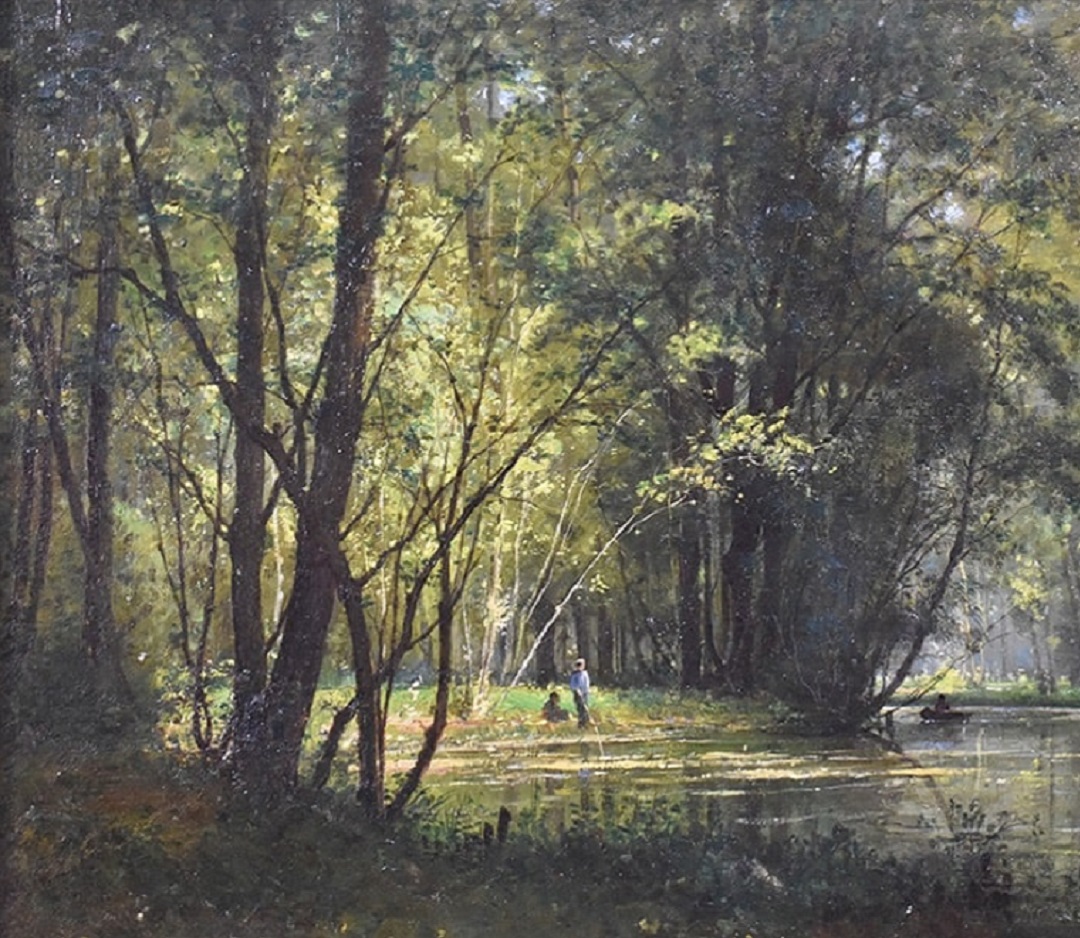Landscape in the nineteenth century

In the eighteenth and nineteenth centuries, nature enters art with its powerful vitality.
The landscapes of the eighteenth century were realities that saw man and nature living harmoniously, operating rationally. Romanticism brings with it a new idea of the Landscape, experienced subjectively and through its emotions. The idea was developing that in order to investigate the truth, art had to convey sensations. The first exponents of this new vision were J. Constable and J. B. Corot, their works full of emotional meanings paved the way for Impressionism.
It was artists like Turner and Van Gogh who led to an evolution of the idea of reality generated by an impression: everything that surrounds us cann be expressed through visions, which are inevitably filtered by subjectivity.
Nature becomes the artist's studio
When the romantic artist paints, he immerses himself in Nature, so as to be able to grasp the nuances, colors, contrasts of light and shadow. The landscape must be observed directly and subjectively: just to capture the moment, the Landscape Painting is created quickly. Thus, the loss will be the attention to detail but to the advantage of greater attention to climatic conditions.
Hill and Mountain landscapes
Mountains, hills, expanses, forests, valleys and marshes thus acquire the ability to give life to feelings of enchantment and, at the same time, of fear.
The landscape, therefore, is no longer just a benevolent environment, but provokes conflicting emotions of attraction and terror in man, as the result of the internal conflict between rationality and irrationality. The majesty of the mountains and hills, the non-homogeneous geometry thus become a source of attraction and dismay at the same time, conquering a leading role in romantic painting.
Marine landscapes
In the 19th century, sea also became one of the favorite subjects of romantic painters, representing the contrast between freedom and solitude. The lack of limits and the constraint of social rigidity therefore become a reason for attraction. The maritime landscape is not easy to paint on canvas: it is always in motion and no two waves are the same.




